Urban farming in India has gained significant momentum in recent years as a sustainable solution to various urban challenges. To further encourage this eco-friendly initiative, the government has introduced substantial subsidies, allowing individuals and communities to avail of up to 75% financial assistance. In this blog, we will delve into the details of these subsidies, elucidating the eligibility criteria and the step-by-step process to access them.
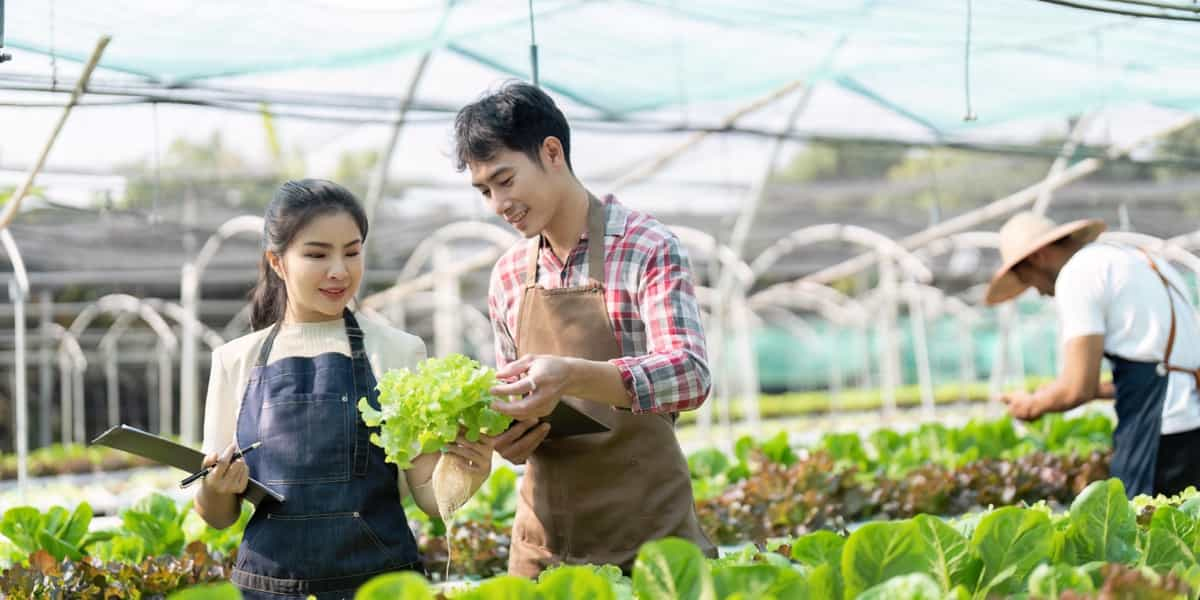
Government Subsidy for Urban Farming in India
What is Government Subsidy for Urban Farming in India?
Government subsidies for urban farming in India are financial incentives the government offers to support and promote agriculture in urban areas. These subsidies encourage individuals and communities to engage in farming activities within cities and towns. One key benefit is that eligible urban farmers can receive up to 75% of their project cost as a subsidy, making it more affordable to start and maintain urban farms.
This financial support can cover expenses like setting up rooftop gardens, vertical farming, or hydroponic systems. To avail of these subsidies, applicants typically need to meet specific criteria set by local authorities. This criterion may include the size of the farming project, its location, and compliance with environmental standards.
Eligibility Criteria for Government Subsidy for Urban Farming in India
The government of India launched a scheme to promote urban farming in the country. The project to provide financial assistance to urban dwellers who want to grow their food and contribute to food security, environmental sustainability, and income generation. The eligibility criteria for availing the subsidy are as follows:
- The applicant must be a resident of an urban area with a population of more than one lakh.
- The applicant must have access to a rooftop, balcony, terrace, or any other suitable space for growing plants.
- The applicant must register with the nearest urban local body (ULB) or municipal corporation and obtain a certificate of participation in the scheme.
- The applicant must submit a detailed project report (DPR) with the estimated cost, area, crops, inputs, and expected output of the urban farm.
- The applicant must agree to follow the organic farming practices and guidelines prescribed by the government.
- The subsidy amount will be 50% of the project cost or Rs. 10,000 per household, whichever is lower. The subsidy will be released in two installments: 25% after the approval of the DPR and 25% after the completion of the project and verification by the ULB or municipal corporation. The applicant will pay the remaining 50% of the project’s costs.
Benefits of Urban Farming in India
- It provides fresh, healthy, and affordable food to urban dwellers, especially the poor and marginalized sections of society.
- It creates income and employment opportunities for urban farmers, who can sell their produce in local markets or directly to consumers.
- It reduces the impact of food production and transportation by saving water, energy, and land resources and by recycling waste and organic matter.
- It enhances the aesthetic and social value of urban spaces by creating green oases, community hubs, and educational platforms.
- It contributes to food security and resilience by increasing the diversity and availability of food sources and by reducing the dependence on external food supply chains.
In case you missed it: Government Subsidy for Biofloc Fish Farming in India
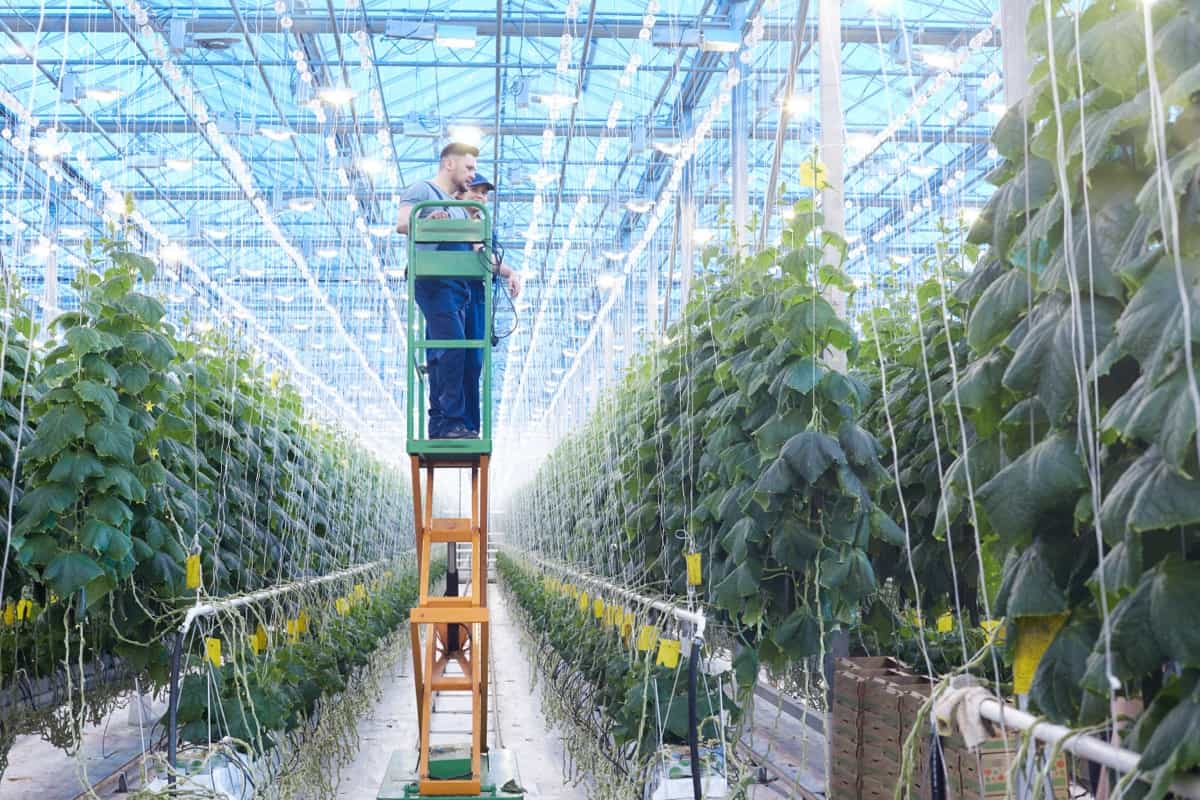
Types of Government Subsidies for Urban Farming in India
The Sub-Mission on Agricultural Mechanization (SMAM) provides financial assistance to urban farmers for purchasing agricultural equipment and machines, such as drip irrigation systems, polyhouses, vermicompost units, etc. The subsidy amount varies from 25% to 50% of the cost of the equipment, depending on the category of the farmer and the state.
The Mission for Integrated Development of Horticulture provides subsidies for establishing urban horticulture projects, such as rooftop gardens, vertical gardens, kitchen gardens, etc. The subsidy amount ranges from 50% to 75% of the project cost, depending on the type and size of the project and the state.
The National Food Security Mission (NFSM) provides subsidies for cultivating food crops, such as rice, wheat, pulses, millets, etc., in urban areas. The support covers the cost of seeds, fertilizers, pesticides, micro-nutrients, etc. The subsidy amount varies from Rs. 5000 to Rs. 10000 per hectare, depending on the crop and the state.
The Rashtriya Krishi Vikas Yojana (RKVY) provides subsidies for implementing innovative and integrated urban farming projects, such as mushroom cultivation, beekeeping, hydroponics, aquaponics, etc. The state governments determine the subsidy amount based on the nature and scope of the project.
How to Apply for Government Subsidy for Urban Farming in India
1. Identify the type of urban farming you want to do. There are different types of urban agriculture, such as hydroponics, aeroponics, aquaponics, and vertical gardening. Each class has advantages and disadvantages and may require additional materials and technologies.
In case you missed it: Goshala Registration and Preparation of a Project Report: For Seeking Government Assistance for Subsidy and Procurement of Land for Goshala
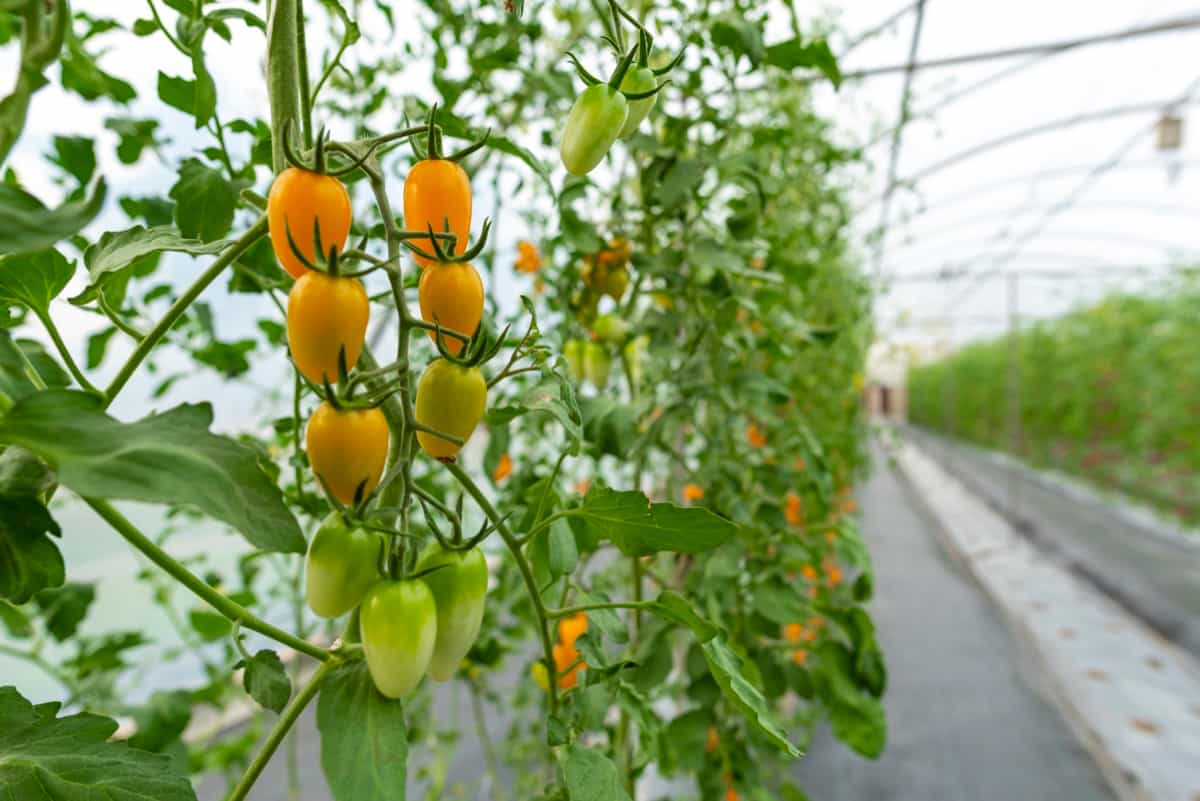
2. Check the eligibility and documents required for the subsidy scheme. Depending on the type of urban farming, you may be eligible for different subsidy schemes from other ministries or departments. For example, the Ministry of Agriculture and Farmers Welfare offers a subsidy scheme for vertical gardening under the Mission for Integrated Development of Horticulture. The eligibility and documents required may vary depending on the state and district you belong to.
3. Contact the nearest State Horticulture Mission (SHM) office or Krishi Vigyan Kendra (KVK) for guidance and assistance. The SHM or KVK can help you with the application process, provide technical support, and link you with the suppliers and vendors of urban farming materials and equipment.
4. Fill out application form and submit it with the required documents to the SHM or KVK. The application form may be available online or offline, depending on the scheme. You may also have to submit a project proposal or a business plan along with the application form.
5. Wait for the approval and verification of your application. The SHM or KVK will verify your application and inspect your site to ensure that it meets the standards and norms of the scheme. If application is approved, you will get a sanction letter from the SHM or KVK.
6. Purchase the materials and equipment for urban farming from the approved suppliers or vendors. You may have to pay a certain percentage of the total cost as your contribution, while the subsidy will cover the rest. The subsidy amount will be released after you submit the bills and receipts to the SHM or KVK.
7. Start your urban farming project and maintain proper records and reports. You may have to submit periodic progress reports and feedback to the SHM or KVK to monitor your project’s performance and impact. You may also have to follow specific guidelines and best practices for urban farming to ensure the quality and safety of your produce.
Documents Required for Government Subsidy for Urban Farming in India
Vertical Farming Scheme from Government This scheme provides up to 75% subsidy on the total cost of vertical garden establishment under the Mission for Integrated Development of Horticulture (MIDH). The vertical garden can hold up to 16 pots of different sizes and grow microgreens, leafy vegetables, and Vegetables and flowers. The eligibility criteria are
- The applicant should be above 18 years of age.
- The applicant should have at least VIII standard pass educational qualification for projects costing more than Rs. 10 lakh in the manufacturing sector, above Rs. 5 lakh in the service and business sector.
- The applicant should not have availed of any government subsidy under any other scheme.
- The applicant should have a valid Aadhaar number.
In case you missed it: Government Subsidy for Agricultural Machines and Equipment: Get 50 to 80%
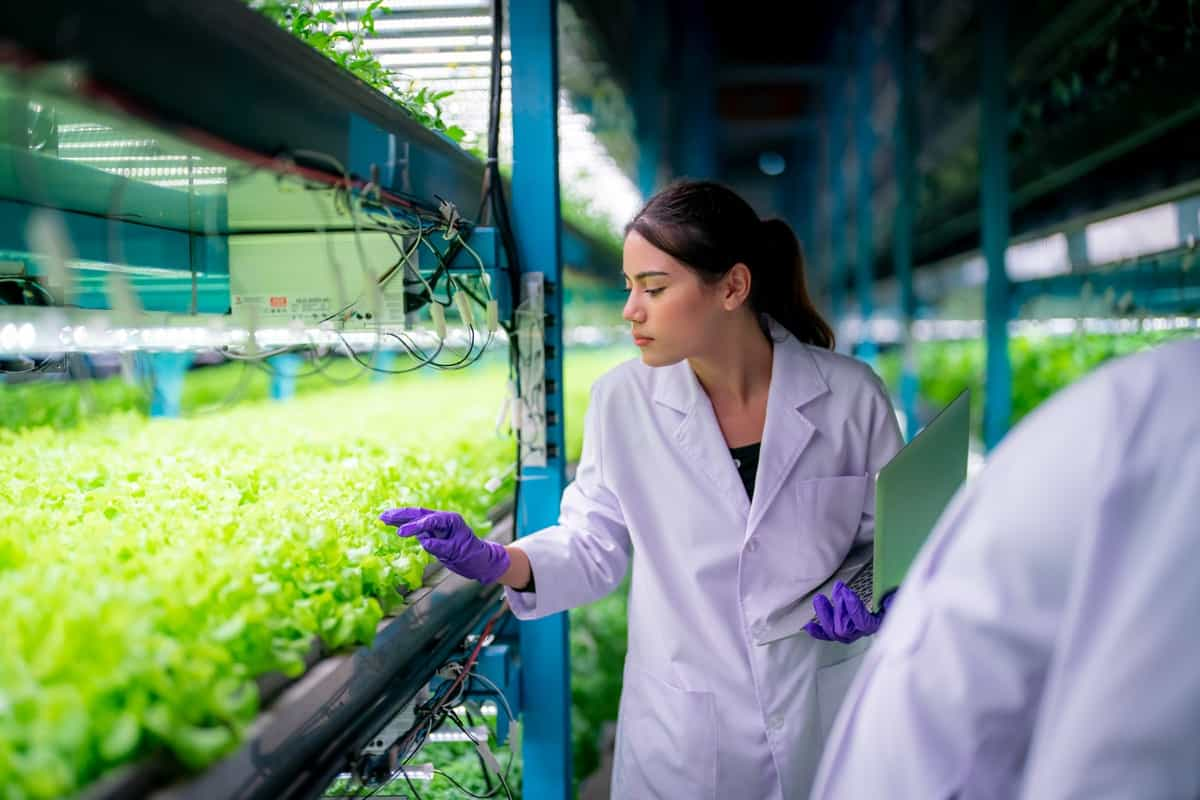
Documents Require
- Passport size photo
- Highest educational qualification certificate
- Project report summary/detailed project report
- Social Social/special category certificate, if applicable
- Area certificate, if applicable
- Aadhaar card
- Bank passbook
Factors Affecting Government Subsidy for Urban Farming in India
Urban farming in India offers benefits like improved food security, reduced environmental impact, social cohesion, and income opportunities. However, it faces challenges like lack of space, water, soil quality, high costs, legal barriers, and social stigma. Government subsidies are crucial for supporting and promoting urban farming.
Factors affecting grants include public awareness, funding availability, subsidy design, and effectiveness. The government may provide subsidies for land acquisition, infrastructure development, training, marketing, or research and evaluate their impact based on farmer diversity, food quality, income, environmental and social benefits, and cost-benefit ratio.
State-wise Government Subsidy for Urban Farming in India
- Kerala: The Kerala State Horticulture Mission offers a 75% subsidy for Arka Vertical Garden structures, making them accessible to urban dwellers at a significantly reduced cost.
- Delhi: The Master Plan for Delhi-2041 recognizes agriculture on the Yamuna floodplain and includes plans for promoting urban agriculture.
- Maharashtra: The state government provides subsidies and support for urban rooftop farming, encouraging residents to utilize available space for cultivation.
- West Bengal: The state government offers financial incentives and assistance to promote urban agriculture, including vertical gardening and rooftop cultivation.
- Tamil Nadu: Various government schemes provide subsidies for urban farming initiatives, supporting the growth of vegetables and medicinal plants in urban areas.
- Gujarat: The state promotes urban agriculture by offering financial support for industries such as community gardens and rooftop farming.
- Rajasthan: The government provides subsidies for urban farming projects, including vertical gardens and hydroponic systems, to enhance food production in urban areas.
In case you missed it: Vertical Farming Scheme from Government: How to Get up to 75% Subsidy
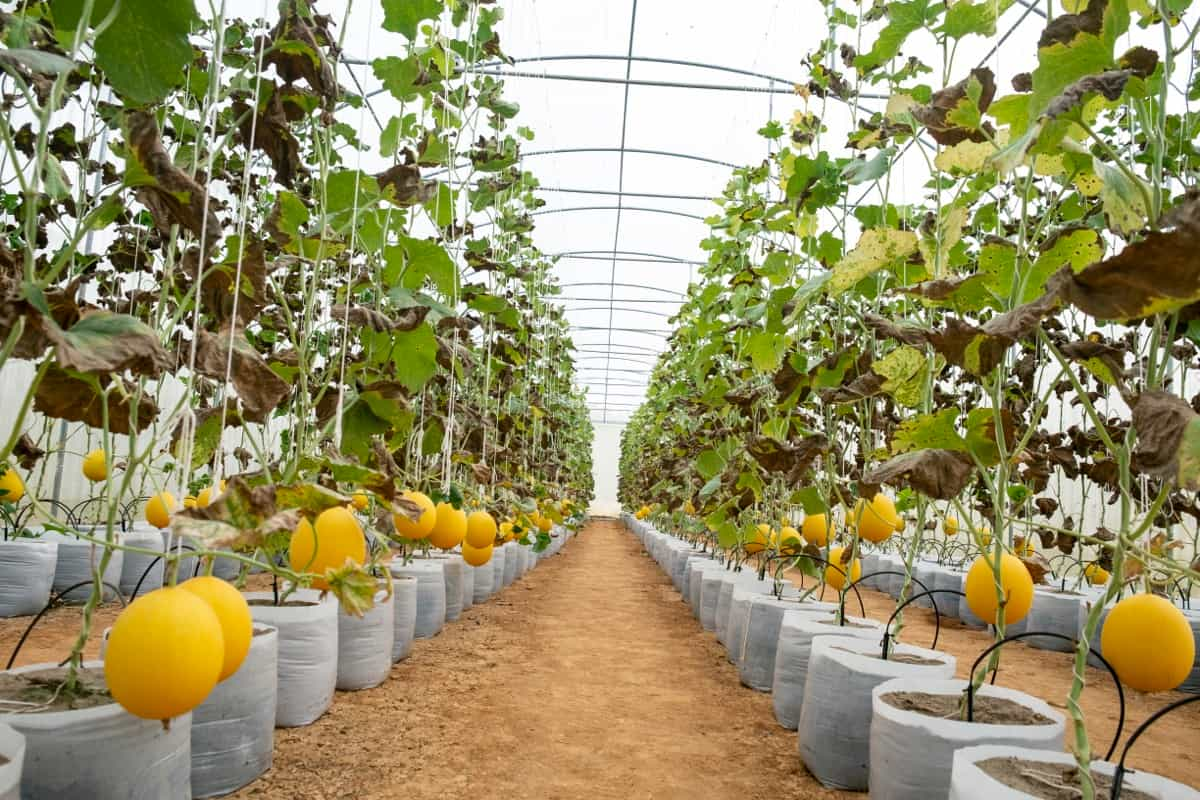
Challenges Faced by Urban Farmers in Availing Government Subsidy in India
Urban farmers in India need help in obtaining government subsidies for their agricultural activities. These include a lack of awareness about government schemes and benefits, bureaucratic hurdles, inadequate infrastructure, and competition from other land uses. Many farmers are unaware of how to apply, submit documents, and meet eligibility criteria.
The process is often time-consuming and involves multiple departments, leading to corruption and delays. Insufficient infrastructure, such as space, water, electricity, and waste management, further hinders farmers’ efficiency and sustainability.
The Success Story of Government Subsidy for Urban Farming in India: Avail up to 75%
To boost urban farming, the Kerala State Horticulture Mission has embarked on an innovative journey by offering a 75% subsidy for Arka Vertical Garden structures. These structures, costing Rs 20,000 each, have been designed to address the space constraints urban dwellers face. The State Horticultural Mission, in collaboration with the Indian Institute of Horticultural Research in Bengaluru, has made this ambitious move.
The Arka Vertical Garden structures offer an excellent solution for urban families looking to grow vegetables, medicinal plants, and flowers. They are designed to fit in small areas with plenty of sunshine, such as balconies or patios. These structures have three main components: a base frame, a primary central support, and branches with pots or grow bags. Soil or coco peat can be used as a growth medium in these pots, and the entire structure occupies just one square meter.
Different crops can be cultivated in these vertical gardens, from tomatoes and chilies at the base to leafy vegetables and medicinal plants on the top floors. A 25-liter plastic container with tiny tubes and drippers waters the plants at the top of the structure, allowing for a yield of up to five kilograms of crops in a season, depending on the crops planted. The remarkable aspect of this initiative is the substantial subsidy offered.
In case you missed it: How to Start Thai Dragon Pepper Farming: A Step-by-Step Growing Guide
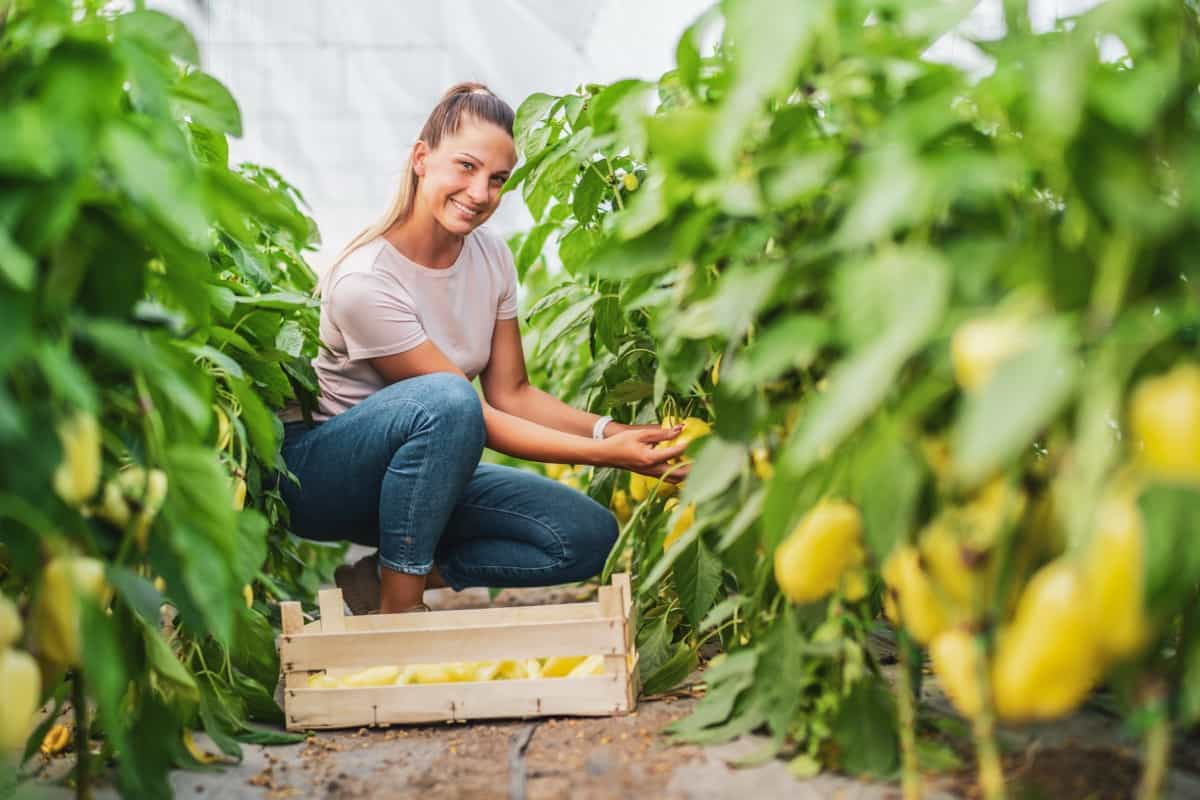
The vertical garden structures, originally priced at Rs 20,000, are now available to consumers for just Rs 5,000, thanks to a cost-sharing arrangement between the state and central governments. This cost-sharing ratio is 40:60, making it an affordable and accessible solution for urban farmers. The success of this program has garnered attention from cooperative institutions and residents’ welfare groups, who are eager to participate. It not only addresses the lack of space for farming in urban areas but also promotes sustainable and affordable agricultural practices.
Conclusion
Government subsidies for urban farming in India represent a promising step towards sustainable agriculture in urban areas. The 75% subsidy offers a significant incentive for individuals and communities to embrace urban agriculture, making it more accessible and cost-effective. This initiative holds the potential to transform our cities into ‘edible cities’ while fostering ecological balance.
- Types of Pesticides Used in Agriculture: A Beginner’s Guide
- Economical Aquaculture: A Guide to Low-Budget Fish Farming
- 15 Common Planting Errors That Can Doom Your Fruit Trees
- How to Make Houseplants Bushy: Effective Tips and Ideas
- Innovative Strategies for Boosting Coconut Pollination and Yield
- Pollination Strategies for Maximum Pumpkin Yield
- The Complete Guide to Chicken Fattening: Strategies for Maximum Growth
- Natural Solutions for Tulip Problems: 100% Effective Remedies for Leaf and Bulb-Related Issues
- Revolutionizing Citrus Preservation: Towards a Healthier, Greener Future
- Natural Solutions for Peony Leaf and Flower Problems: 100% Effective Remedies
- Maximizing Profits with Avocado Contract Farming in India: A Comprehensive Guide
- Natural Solutions for Hydrangea Problems: 100% Effective Remedies for Leaf and Flowers
- The Ultimate Guide to Choosing the Perfect Foliage Friend: Bringing Life Indoors
- From Sunlight to Sustainability: 15 Ways to Use Solar Technology in Agriculture
- The Ultimate Guide to Dong Tao Chicken: Exploring from History to Raising
- The Eco-Friendly Makeover: How to Convert Your Unused Swimming Pool into a Fish Pond
- Mastering the Art of Delaware Chicken Farming: Essentials for Healthy Backyard Flocks
- 20 Best Homemade Fertilizers for Money Plant: DIY Recipes and Application Methods
- How to Craft a Comprehensive Free-Range Chicken Farming Business Plan
- Brighten Your Flock: Raising Easter Egger Chickens for Beauty and Bounty
- How to Optimize Your Poultry Egg Farm Business Plan with These Strategies
- Subsidy for Spirulina Cultivation: How Indian Government Schemes Encouraging Spirulina Farmers
- Ultimate Guide to Raising Dominique Chickens: Breeding, Feeding, Egg-Production, and Care
- Mastering the Art of Raising Jersey Giant Chickens: Care, Feeding, and More
- Ultimate Guide to Raising Legbar Chickens: Breeding, Farming Practices, Diet, Egg-Production
- How to Raise Welsummer Chickens: A Comprehensive Guide for Beginners
- How to Protect Indoor Plants in Winter: A Comprehensive Guide
- Ultimate Guide to Grow Bag Gardening: Tips, Tricks, and Planting Ideas for Urban Gardeners
- Guide to Lotus Cultivation: How to Propagate, Plant, Grow, Care, Cost, and Profit
- Agriculture Drone Subsidy Scheme: Government Kisan Subsidy, License, and How to Apply Online
- Ultimate Guide to Raising Araucana Chickens: Breed Profile, Farming Economics, Diet, and Care
- Bringing Hydroponics to Classroom: Importance, Benefits of Learning for School Students
- Ultimate Guide to Raising Polish Chickens: Breed Profile, Farming Economics, Diet, and Care
- Ultimate Guide to Raising Australorp Chickens: Profile, Farming Economics, Egg Production, Diet, and Care
- Silkie Chicken Farming: Raising Practices, Varieties, Egg Production, Diet, and Care
- Sussex Chicken Farming: Raising Practices, Varieties, Egg Production, Diet and Care